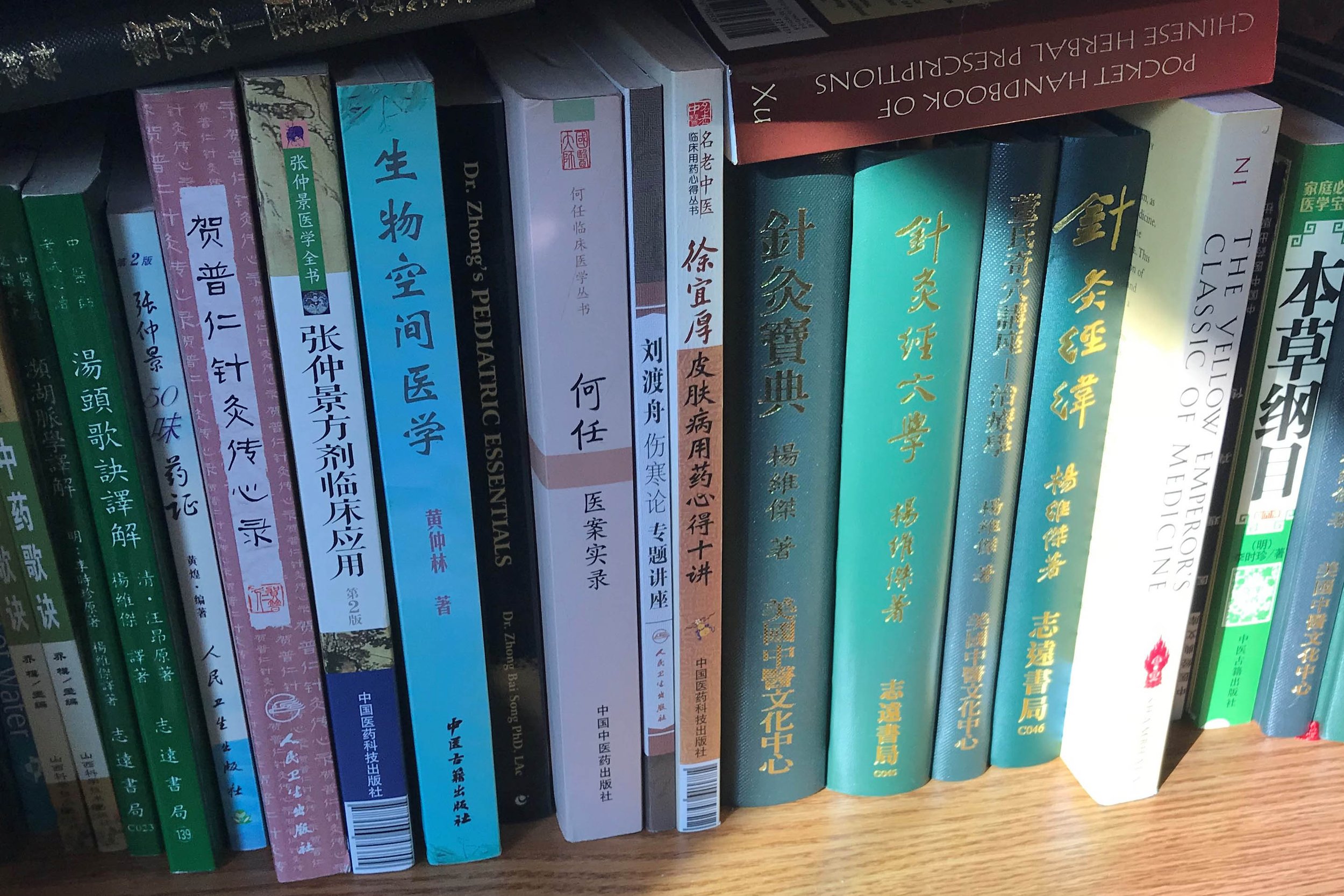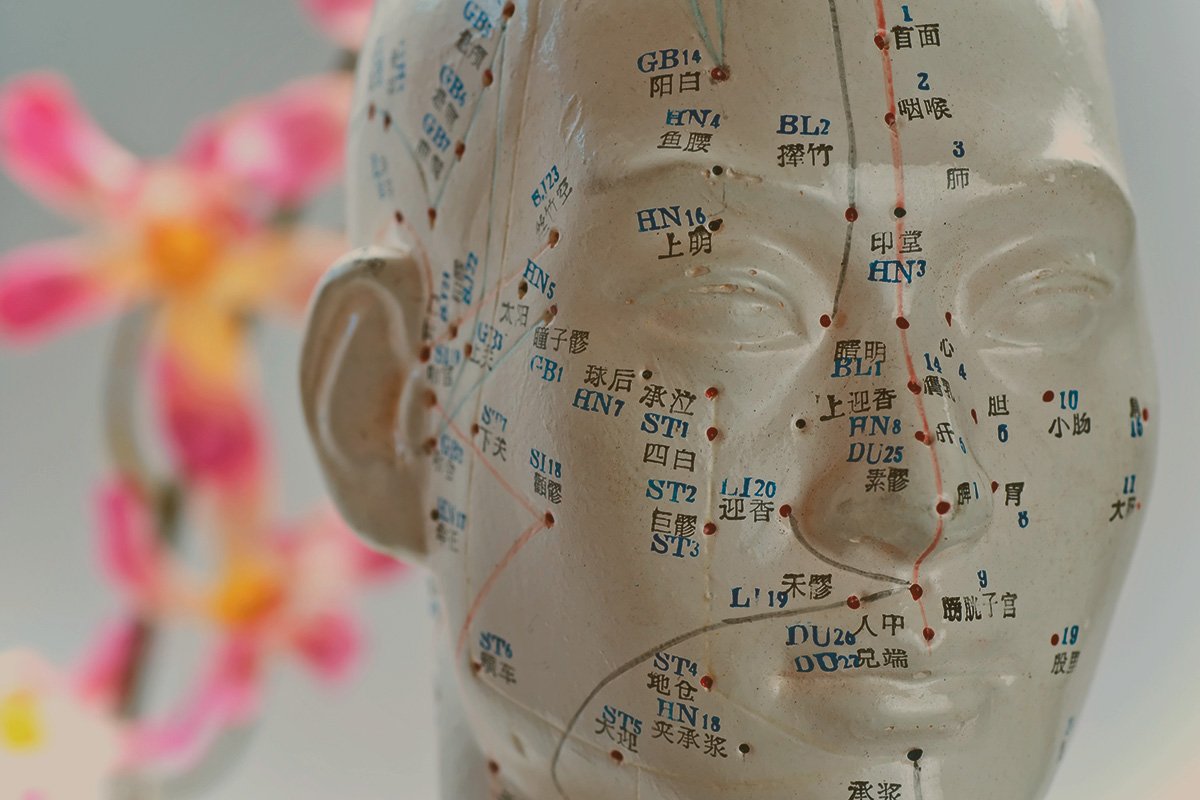
blog
knowledge base

Neurological Conditions and Chinese Medicine
With the help of Acupuncture & Chinese Medicine, many people suffering from neurological conditions have been able to move past their ailments and improve their quality of life dramatically. One such example is the story of one of my patients, Mrs. G.

Traditional Chinese Medicine in Treating Men’s Sexual Dysfunction
Sexual dysfunction is now better understood medically than ever before, and integrated approaches of western medicine with traditional Chinese medicine has been highly effective at treating men’s sexual dysfunction.

Acupuncture in Sports Medicine
Better performance is every athlete’s dream. Over the years through multiple research, scientists revealed that acupuncture prevents sports fatigue and exercise-induced delayed-onset muscle soreness (DOMS). Acupuncture is not just able to reduce pain, but it can expedite recovery through the reduction of inflammation and the enhancement of circulation at the injured site.

Strengthening Fertility through Traditional Chinese Medicine
Traditional Chinese Medicine (TCM) has become a well-developed and widely practiced medical system that helps human health tremendously. Its unique approach to the human body makes TCM a great medicine in restoring the body’s general condition. TCM has also been proven to be an effective medicine in enhancing fertilization.

Eating According to the Seasons - Dietary Principles of Traditional Chinese Medicine
There are many interesting and effective dietary tips to draw from the teachings of Traditional Chinese Medicine. TCM often describes the world as a harmonious and holistic entity where all living beings are viewed in relation to the surrounding environment and that mankind is part of this holistic entity. To apply this principle, try following the simplified dietary advice below for each season.

Acupuncture - An Effective Treatment for Chronic Pain
Acupuncture’s effectiveness in the treatment of pain is no longer a question; it is a well-documented fact. In the last three decades, there has been a tremendous amount of research supporting the effectiveness of acupuncture on all kinds of pain

Traditional Chinese Medicine Food Therapy - Introduction
Proper nutrition in the form of lifestyle diet habits are key to promoting well-being and for treating disharmonies in the body.

Acupuncture: A Reliable Option for Migraine Prevention And Treatment
Here at ACU4U, Acupuncture and Chinese Medicine Clinic, we are preventing and treating migraines through acupuncture. Our impressive patients’ success stories and reviews are are backed up by these clinical trials that demonstrated the effectiveness of acupuncture as a prophylaxis, or preventative treatment, of migraine.

Common Misunderstandings of Traditional Chinese Medicine
“TCM is a science based on years and years of observations and inductions.”

The Meaning Behind The Idiom
TCM focuses more on each individual’s inner environment than the outer diseases or syndromes. This is the spirit and the beauty of the Traditional Chinese Medicine (TCM), and this philosophy has been working for more than 2,500 years.

Brief History of Acupuncture in Traditional Chinese Medicine
Acupuncture has been around for more than 5000 years. It is a common alternative practiced in China and Asian countries. Recently, it has become more accepted in the Western states. The World Health Organization (WHO) and the National Institute of Health (NIH) has recognized acupuncture as an effective alternative treatment for various conditions.
